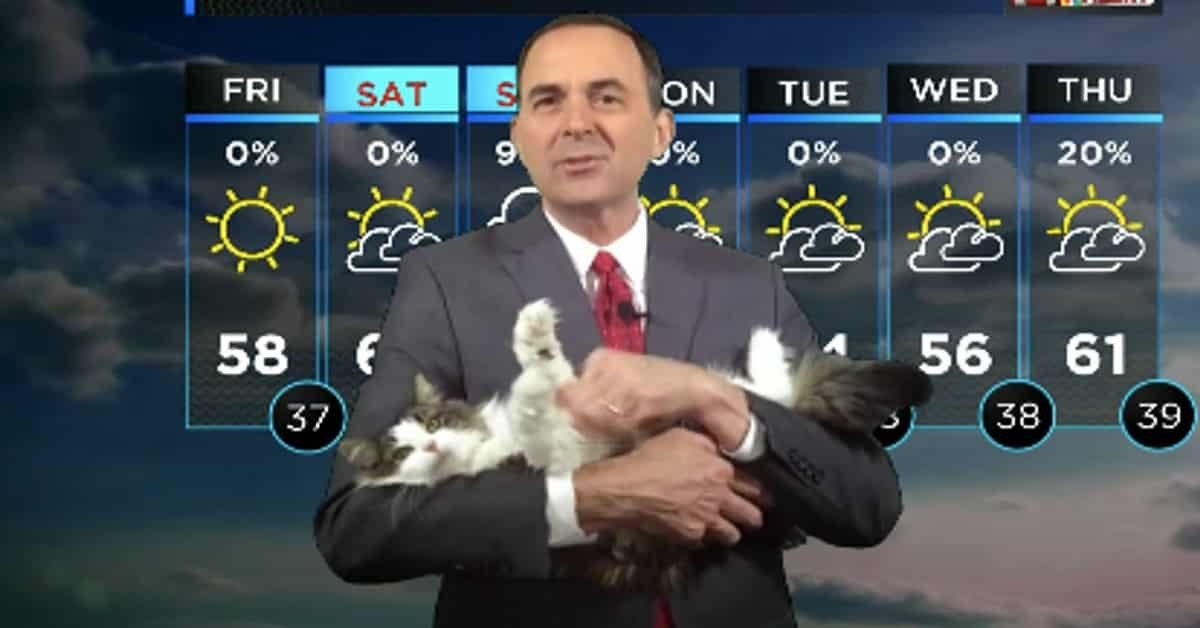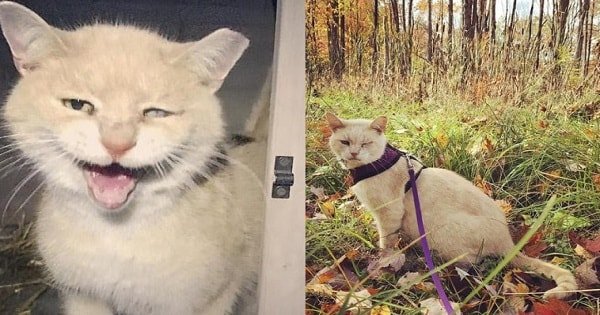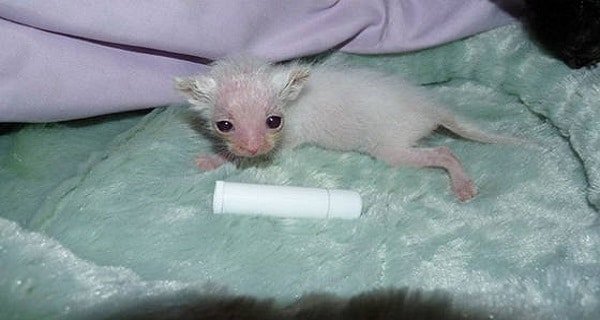A brand new book throws catnip to the opponents of free-ranging felines and it argues that feral and outdoor domestic cats are tremendously damaging to wildlife, specifically to birds.
Authors of the academic-leaning tome Cat Wars criticize the common practice of trapping, spaying, and releasing unowned cats and have written that “we need to act on all fronts to stem the tide.”
While there is no silver bullet to the problem of too many cats, all avenues should be explored, including euthanizing cats that public health or wildlife officials deem problematic, the authors note.
However, this view has some cat advocates outraged.
Opening with the story of Tibbles, a pet cat who is being blamed for the extinction of the rare Stephens Island wren off New Zealand in the late 1800s, Cat Wars makes the case that “mounting scientific evidence confirms what many conservationists have suspected for some time—that free-ranging cats are killing birds and other animals by the billions.”
The book’s authors are Peter Marra, who is head of the Smithsonian Migratory Bird Center, and writer Chris Santella. They wrote, “From a conservation ecology perspective, the most desirable solution seems clear—remove all free-ranging cats from the landscape by any means necessary.”
By free-ranging, the authors say that they are referring to all domestic cats that are feral or allowed to spend time outdoors (unless fenced in or otherwise restrained in some way). They are very quick to point out in the book that “any means necessary” is both politically fraught and “hardly practical given the legions of cats roaming the land—as many as 100 million unowned animals, plus 50 million owned cats that roam.”
However, the phrase is still being seen as incendiary by critics.
“Clearly, the authors are not advocating removing free-ranging cats softly, nor are they advocating any form of euthanasia or mercy killing,” emeritus ecology professor Marc Bekoff writes on the Huffington Post.
When Bekoff asked readers what the authors’ phrase “by any means necessary” means to them, “answers ranged from trapping, snaring, poisoning, bludgeoning, and shooting. A number of people feared we would see violence in the name of science.”
Marra explained to National Geographic that he is by no means suggesting inhumane treatment of animals.
“Ideally feral cats would be captured and adopted out or put in shelters,” states Marra. “But if they can’t be adopted out and there is no room in shelters, then there is no other solution than to euthanize the animals. The press is making it out that I am like Josef Mengele, but shelters already do this now. Last year millions of animals were euthanized because we don’t have the resources to take care of them.”
Marra claims the “priority needs to be getting cats off the landscape,” due to the various impacts they have. But he says he is not calling for mass euthanization of them now. Instead, he is asking for a gradual process of educating the public and decreasing their numbers through a variety of ways.
Advocates Are Pushing Back
However, Becky Robinson, who is the president and founder of the cat advocacy group Alley Cat Allies, says the book is simply the latest in a series of “fear mongering and witch hunts against cats.” (See how island cats kill surprisingly few birds.)
The authors of Cat Wars are arguing that cats, as introduced predators, pose serious threats to birds and other small animals, particularly on islands and in areas where native wildlife is already besieged by development, pollution, and other problems. Further, they are saying cats can pose a risk to public health by spreading diseases such as rabies and toxoplasma.
The book strongly criticizes a “small but vocal minority of cat advocates” for campaigning against efforts to euthanize and/or forcibly remove cats from the outdoors.
Among those groups are the Humane Society of the U.S., which has written a rebuttal of Cat Wars on its blog. While HSUS agrees that there should be fewer unowned cats and that some outdoor felines have caused some problems for wildlife, the group also writes, “unfortunately, rather than focus on our common ground, these authors have ramped up the vitriol.”
HSUS went on to add that rabies remains extremely rare among people in the U.S., thanks to control of infected animals and rapid response vaccinations (it remains a problem in India, where treatments are harder to come by). The group is also arguing that the book overstates the impact of cats on wildlife, noting that the authors wrote, “It is abundantly clear that free-ranging cats are not the primary threat to the future of birds and other wildlife.”
Moreover, there are positive examples of bird and cat advocates working together, states HSUS, pointing to a joint project between the Audubon Society of Portland and Feral Cat Coalition of Oregon to humanely reduce the impact of cats on wildlife.
Trapping, neutering, and releasing unowned cats is a time-tested method that has the very best shot at reducing the number of felines out in the wild, states Robinson. “Trying to round them up and kill them has failed,” she states, because cats breed quickly and more animals quickly move in to replace those that are removed. In short, it’s impossible to catch them all, even if people wanted to.
Cat Wars does acknowledge that challenge but it also argues that a number of environmental groups still oppose that idea of trapping and neutering as not going far enough, including the American Bird Conservancy and the National Wildlife Federation. Research in Israel has shows that a feral cat colony was bolstered by other cats that moved into the area, even as the existing members were neutered, the authors have written, among other evidence of failures of the practice.
Furthermore, it may take years for trapping and neutering to work, meaning cats still pose a threat to wildlife or people, claims Marra. Further, many colonies “just don’t go extinct,” he states, because people keep abandoning their pets to the wild.
Yet Robinson says she can point to many colonies which have died out over time thanks to the efforts of neutering and releasing. More than 600 communities in the U.S. have been following the popular practice, some for as long as three decades. “This approach works,” she says. (Learn about World Spay Day.)
Franzen Weighs In
Up to now, the response to Cat Wars has seemed to break along party lines. Author Jonathan Franzen (whose book Freedom features a character who feels so strongly about the issue that he disposes of a neighbor’s “bird-killing” cat), is actually praising the book. Franzen wrote about threats to European songbirds in National Geographic magazine in 2013.
“Marra and Santella’s book is … doubly welcome,” Franzen wrote. “Very few people enjoy thinking about the calamitous problem of free-roaming cats and biodiversity, and even fewer dare to talk about it openly.”
HSUS explained that it agrees with the authors that more cats should be kept indoors, however, the group disagrees that this should be enforced “by any means necessary.” Instead, a drumbeat of education programs over the past few decades have already made a big impact, says the group.
A recent survey by the American Pet Products Association showed a sharp increase in owned cats being kept indoors from approximately 20 percent in the 1970s to around 65 percent as of 2012, HSUS writes. And the majority of owned cats in the U.S. are now spayed /or neutered, Robinson states.
While it may not be headline-grabbing, the old advice to keep cats indoors and make sure they are spayed and neutered is, above all else, working, the advocates insist. The authors of Cat Wars support these efforts as well in their book while arguing that euthanasia shouldn’t be taken off the table, particularly for those colonies that pose the biggest risk to wildlife or people. The ultimate goal should echo that set by the government of New Zealand recently, which has pledged to be free of all introduced predators by 2050.
Robinson completely disagrees on the use of euthanasia. She concluded, “I don’t think we can say ‘remove cats from the landscape by any means necessary.’ I think that is an incitement to violence.”










